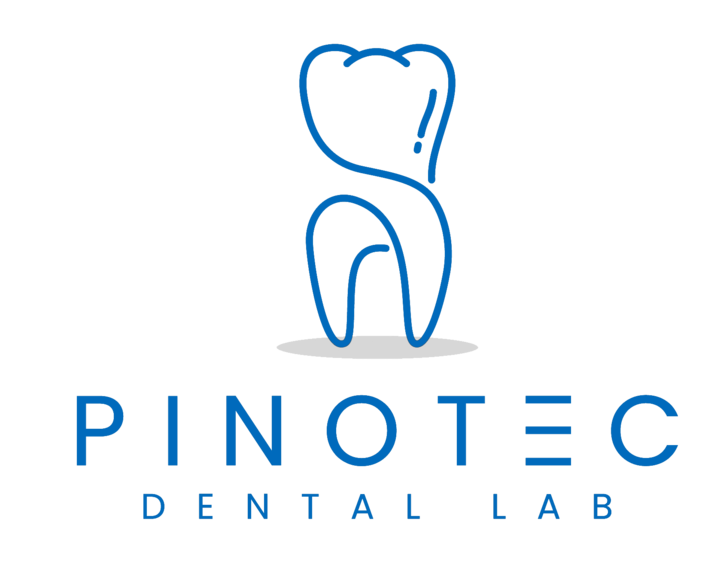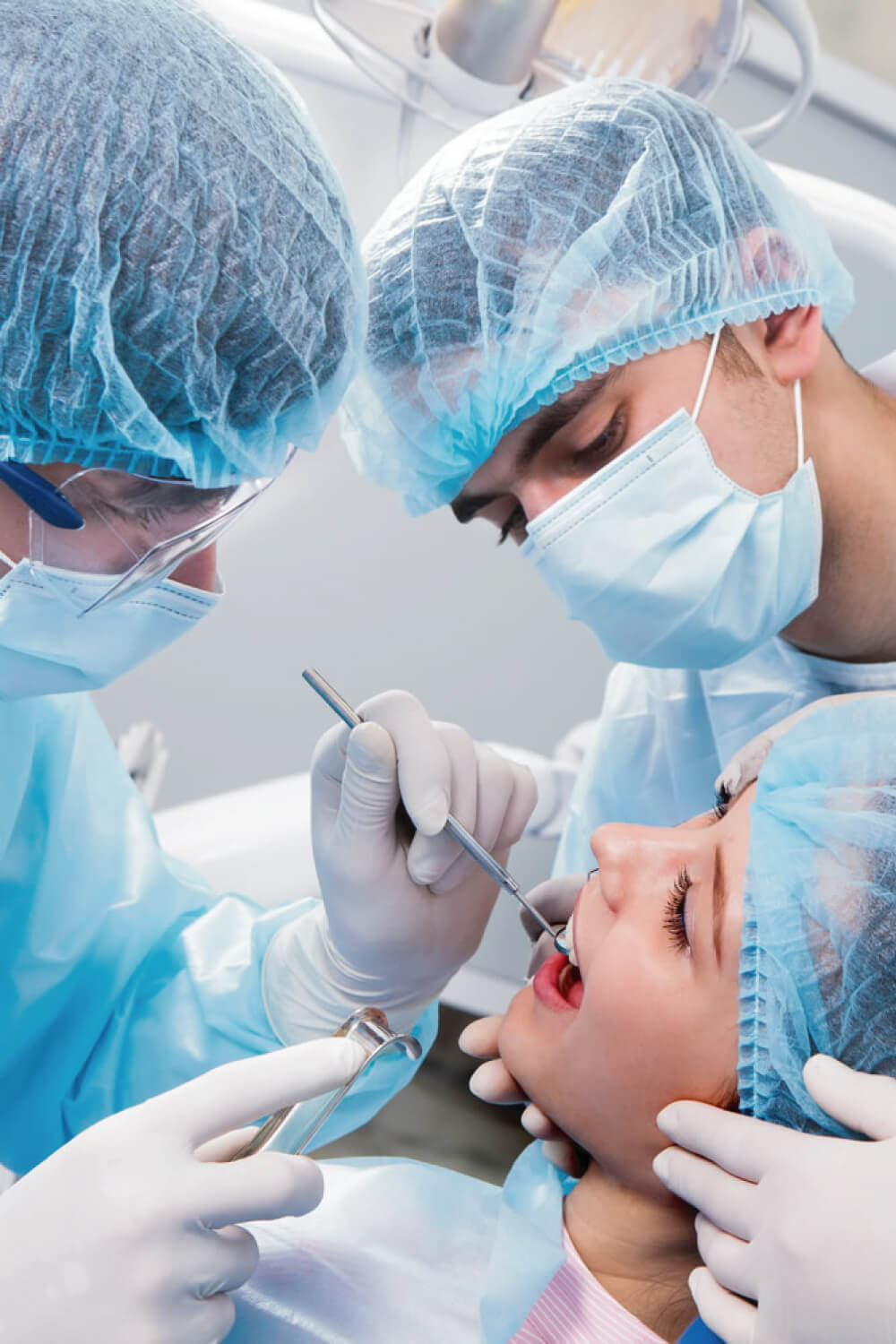Tissue and bone supported surgical guides
Tissue-supported restorations rely on the gums and soft tissues for support, such as complete or partial dentures, and are used when there is insufficient bone for implants. Bone-supported restorations, such as dental implants, function, and aesthetics. They require surgery and have a higher cost but provide a long-lasting, stable solution and offering a more natural appearance.
Tissue and Bone Supported Restorations are two fundamental categories in dental prosthetics, particularly in the design and placement of dentures and implants. These classifications refer to the way a prosthetic device, such as a denture or partial denture, is supported within the mouth. Understanding the difference between tissue-supported and bone-supported restorations is crucial for selecting the appropriate treatment based on the patient’s oral health, anatomy, and functional needs.
1. Tissue-Supported Restorations
Tissue-supported restorations are prosthetics that rely primarily on the soft tissues (gums and mucosa) for support. These restorations are often used in situations where there is insufficient bone to support implants or when implants are not an option.
2. Bone-Supported Restorations
Bone-supported restorations are those that are supported by the underlying jawbone. These prosthetics are typically attached to dental implants that are placed into the bone, allowing for greater stability and function.
Characteristics of Bone-Supported Restorations:
- Primary Support from the Bone: Bone-supported restorations rely on implants that integrate with the jawbone through a process called osseointegration. The implants act as artificial tooth roots, providing strong and durable support for the prosthesis.
- Advantages:
- Improved Aesthetics: Bone-supported restorations look and feel more natural because they mimic the function of natural teeth.
- Long-Term Solution: With proper care, bone-supported restorations can last many years, making them a long-term solution for tooth replacement.
- Disadvantages:
- Surgical Procedure Required: Implant placement requires surgery, which may not be suitable for all patients, especially those with certain health conditions or insufficient bone.
- Cost: Bone-supported restorations, especially implants, tend to be more expensive than tissue-supported options.
Conclusion
The choice between tissue-supported and bone-supported restorations depends on several factors, including the patient’s oral health, bone density, preferences, and budget. Tissue-supported restorations are a non-invasive, cost-effective solution for those who cannot receive implants, but they offer less stability and may require more frequent adjustments. Bone-supported restorations, such as dental implants, offer a more stable, durable, and natural-looking solution for patients with sufficient bone, but they come with higher costs and require surgery. Each option provides distinct benefits and is chosen based on individual patient needs.


